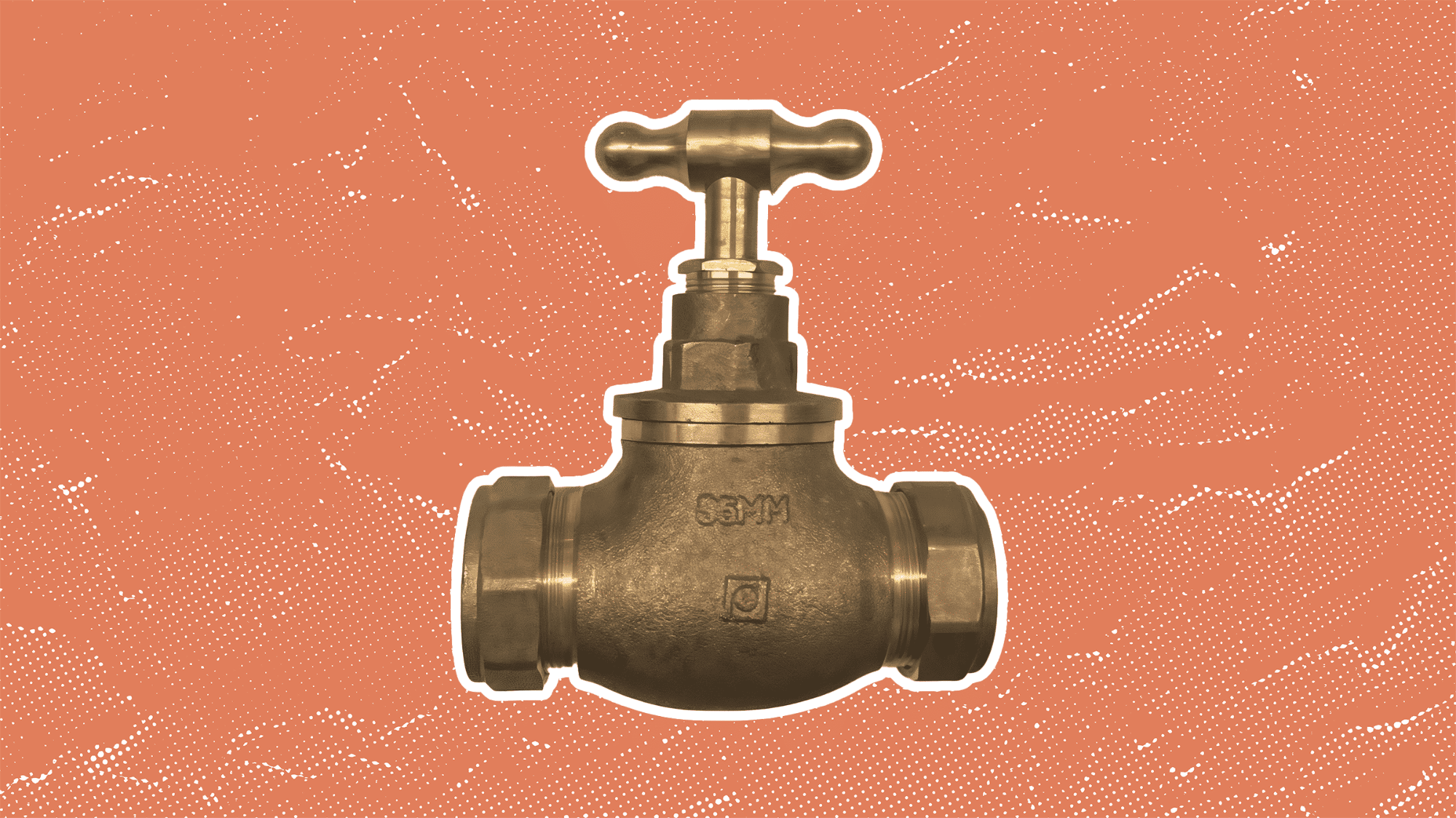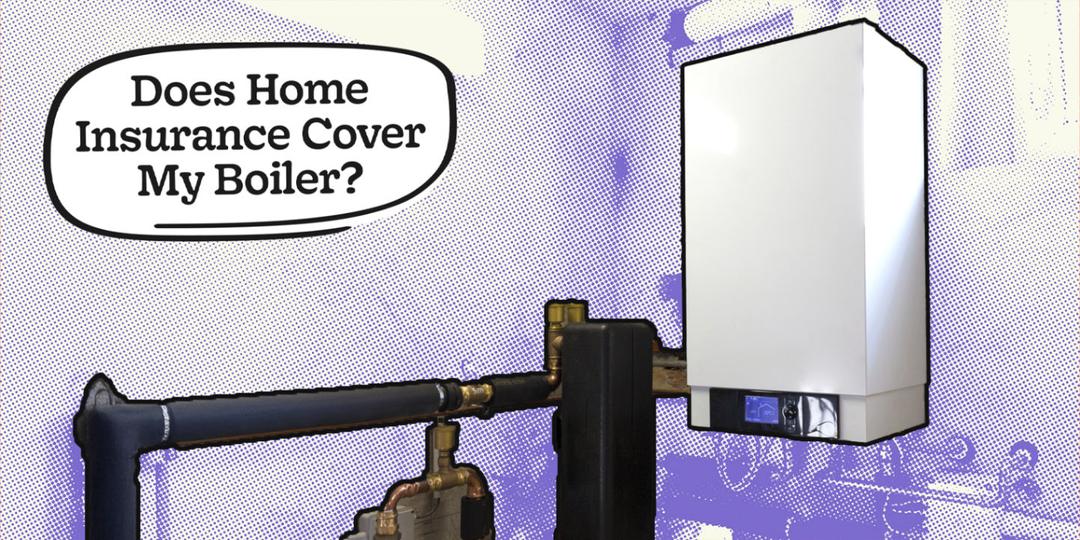How do you turn off the water supply to your boiler? Here we detail the exact steps.
Whether you need to turn off the water supply to your boiler to fix a leak, remove airlocks from your heating system, or prepare for professional maintenance, this guide is here to help.
In addition to explaining how to turn off the water supply to your boiler, we’ll discuss the reasons you might need to do this and outline important safety considerations.
Let’s dive in!
PS We fit new combi boilers with gas safe installation nationwide. Simply answer these questions, get your fixed price and you could get it installed as quick as tomorrow.
Key Points:
Reasons to Turn Off Water Supply: Fix leaks, perform plumbing work, prepare for boiler relocation, or remove airlocks.
Combi Boiler: Turn off the mains stopcock near the kitchen sink to cut the water supply.
System Boiler: Locate the cold feed pipe and turn off the isolation valve, or use the mains stopcock.
Hot Water Cylinder with Storage Tank: Turn off the gate valve on the cold supply pipe.
Fortic Cylinder: Look for a gate valve on the hot outlet pipe if the cold supply is concealed.
If you’re unsure, consult a professional. Hiring a heating engineer costs around £30-£60 per hour, depending on your location.
Why Turn Off the Water Supply to Your Boiler?
There are many reasons why you might need to turn off the water supply to your boiler.
For DIY tasks, turning off the water can be straightforward. However, you might also need to do this before a heating engineer arrives, though they can handle it as well.
Here are some common reasons to turn off the water supply to a boiler:
• Fixing a water leak.
• Performing new plumbing work.
• Preparing for a heating engineer to move your boiler.
• Removing airlocks in the pipework.
Note: It is generally advised to turn off the water at the mains in the case of airlocks. This is necessary in certain situations, such as with a combi boiler.
How Do I Turn Off the Water Supply to My Boiler?
How you turn off the water supply to a boiler will depend on the type of boiler/heating system you have.
Therefore, we’ve broken down the answers to this question into several subsections. If in doubt, consult a professional.
Combi Boiler
For those with a combi boiler, turning off the water supply will be fairly straightforward since, in this case, the water is provided via the mains.
Therefore, in order to turn off the water supply to a combi boiler, simply turn off the mains stopcock.

The main stopcock will generally be somewhere close to the kitchen sink (e.g., attached to an adjacent pipe or beneath the sink).
By turning off the mains stopcock, you’ll prevent water from reaching any outlet in your property.
Notably, while the above approach would cut off the external wall supply to a combi boiler, there would still be plenty of water in your heating system.
This is because a combi boiler is a closed-loop system.
In practice this means that when the water is heated up by the boiler it makes its way to the radiators (via the pipework) before, after cooling down, returning to the boiler through the pipework.
This cycle would continue to repeat, however, obviously, the mains water is still important in general since new fresh water will be needed over time to provide enough water to meet your hot water demands.
Thus, water is still ultimately lost over time via the condensate pipe (which releases water into a drain) and directly through hot water outlets.
But returning to the initial point, simply turning off the mains stopcock will allow you to ensure that the water from the mains can no longer reach the boiler.
Related reading:
System Boiler
If you have a system boiler, this section is for you. With your system boiler, you should have a hot water cylinder but no cold-water storage cistern.
In this case, you can turn off the water supply to your system boiler by finding the cold feed pipe and turning off the isolation valve.
However, if you can’t identify this valve, you can simply turn off the mains stopcock just as you would with a combi boiler.
In this case, it would shut off water to every water outlet in your property, such as taps and showers.
This is because system boilers do not provide water to outlets in the same way as combi boilers do.
You should be able to get the hot water back on by just opening the isolation valve again or the mains stopcock if you can’t find the isolation valve to start with.
Check out our video on the top 5 most common boiler problems below:
Systems That Use a Hot Water Cylinder and Cold-Water Storage Tank
There is a range of scenarios where a heating system would use a hot water cylinder + cold water storage tank.
For example, you may have a system with a heat-only boiler (a.k.a. regular or conventional boiler).
Since a heat-only boiler does not directly use hot water (but is assisted by the hot water cylinder and cold-water storage cistern), this is technically not a case of cutting off the water supply to your boiler and more about cutting off the water supply to your heating system.
Moreover, as mentioned, there are other heating setups that might include this cylinder + tank combination in the loft.
If in doubt about whether you have this set up or the steps required, consult a professional.
In general, however, to turn off the water supply to your heating system you’d need to find the cold supply pipe to the hot water cylinder and identify the gate valve to switch it off.
This red valve comes with a wheel-shaped handle (yes, you can see it now) and would be found on a pipe that runs from the bottom of the cylinder right to the ceiling of the airing cupboard.
If the gate valve isn’t on this supply pipe, it’s worth checking if it’s instead located in the loft on the cold pipe protruding out of the cold storage tank.
If you are still having no luck, consult a heating engineer.
By turning off the gate valve, you’ll prevent hot water from emerging out of the top of the cylinder, thus cutting off the water supply to your heating system.
Notably, even with the cold-water supply turned off, the hot water cylinder will continue to be filled with water.
This is the case for safety reasons since it would be dangerous for a boiler or immersion heater to attempt to heat up an empty cylinder.
If you think it needs to be drained, consult a professional and please take note of whether this may be required in advance.
What If I Have a Fortic Cylinder?
If you have a Fortic cylinder and wish to turn off the water supply, the cold supply pipe will likely lack a gate valve since the cold supply pipe is more than likely concealed beneath the foam insulation of the cylinder.
Assuming there is no gate valve here, look for the pipe that emerges from the very top of the hot water compartment and you should find the gate valve here on a section of the pipework known as the hot outlet pipe. Again, if in doubt, consult a professional.
Please note that there may be two pipes (the flow and return pipes specifically) beneath this pipe right next to one another. However, these are not relevant to the task.
Cost of Hiring a Professional
If you’d rather hire a professional to turn off the water supply to your boiler/heating system (or it’s necessary as you can’t solve the issue DIY for one reason or another), it would cost about £30 to £60 per hour.
The cost of labour can vary significantly depending on a range of factors. Arguably the most significant cost factor is where you live.
This is because heating engineers charge different rates across the UK with prices tending to be higher in the southeast of England but below the UK average in regions such as northern England, Scotland and Northern Ireland.
Looking for the best deal on a new combi boiler?
If you’re aiming to get the best deal on a new boiler, consider getting a quote from us, here’s why:
Gas Safe installation within 24 hours.
Thousands of satisfied customers with an average score of 4.9 on Trustpilot, surpassing the market leader.
Which? Trusted Trader: Heatable is proudly recognised as a Which? Trusted Trader.
Price match guarantee: We will match any like-for-like cheaper quote.
Flexible payment options, including interest-free finance.
Up to 12-year guarantee on selected boilers.
Fixed price guarantee: No hidden costs.
Save your quote and decide later.
Get an instant fixed price on a new boiler, here.
To learn more about boilers, visit our advice section, check out our YouTube channel, or read customer testimonials here.





